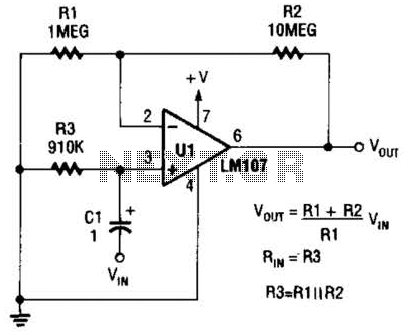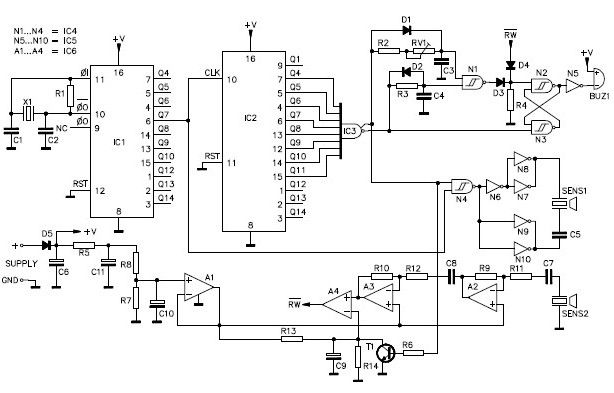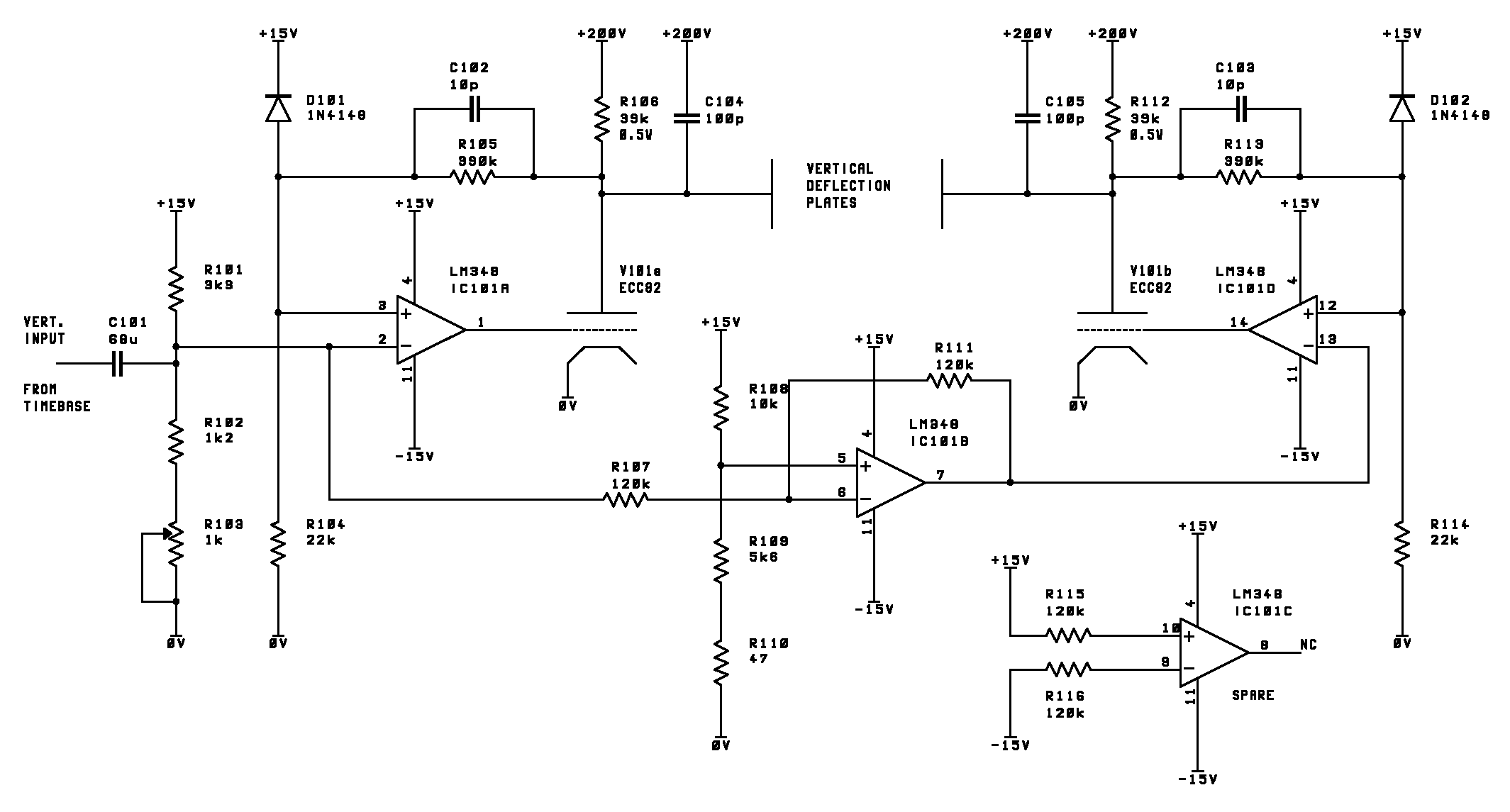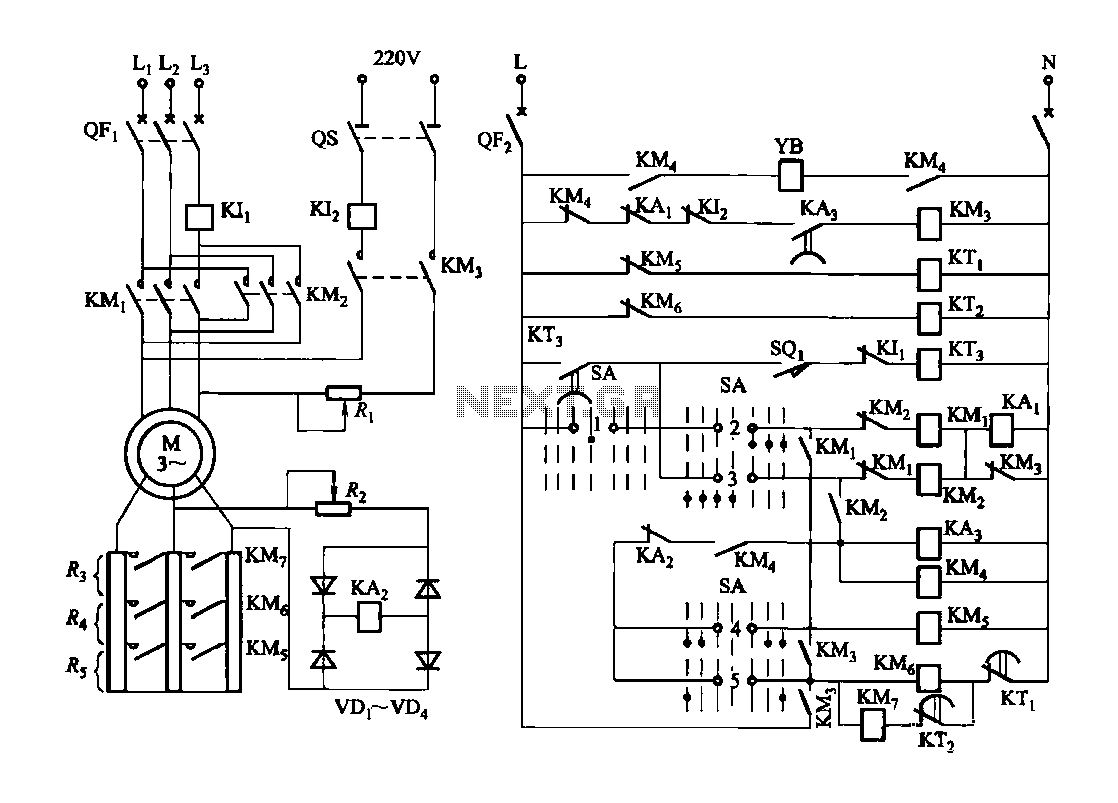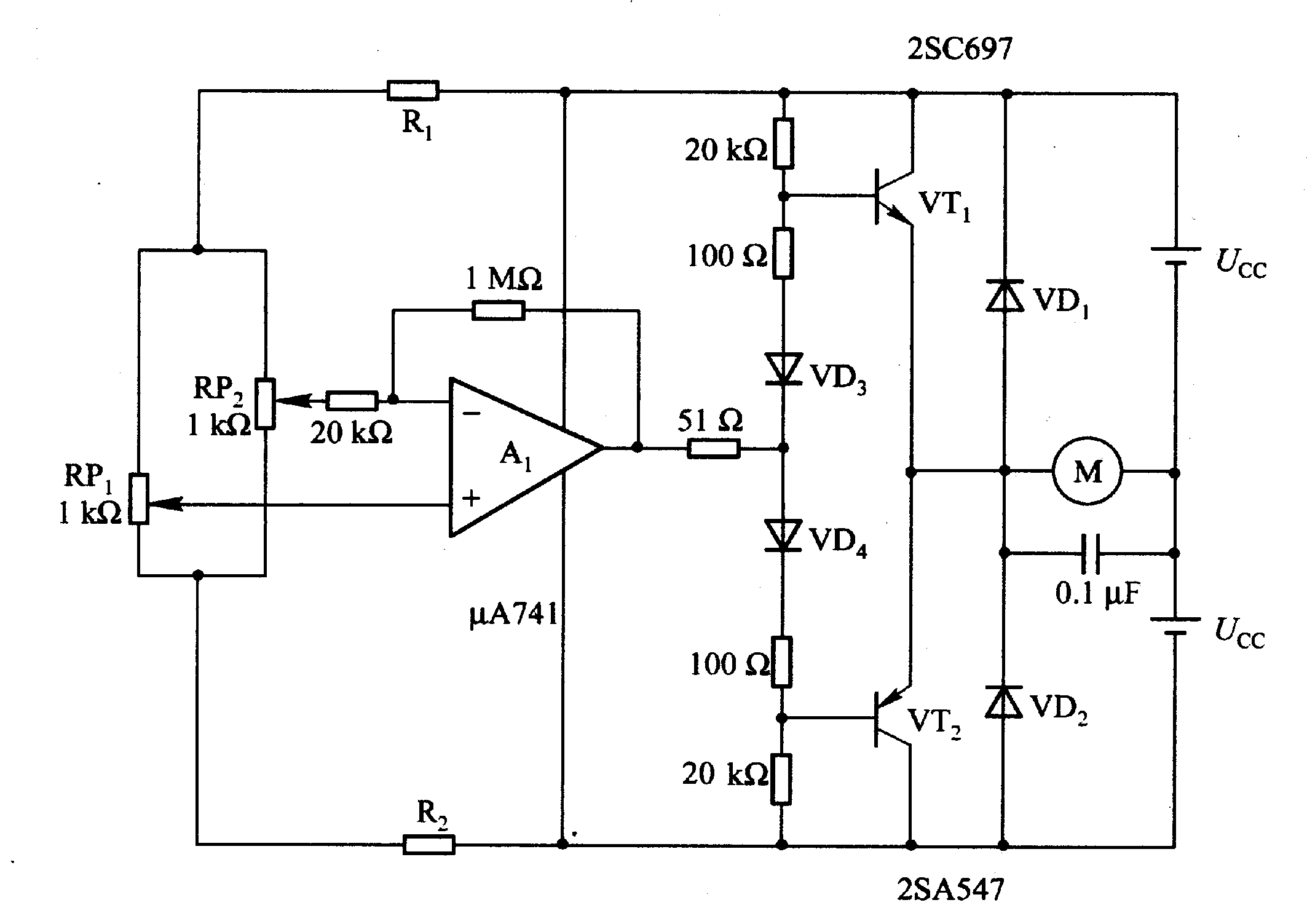
Simple pulse position modulation circuit
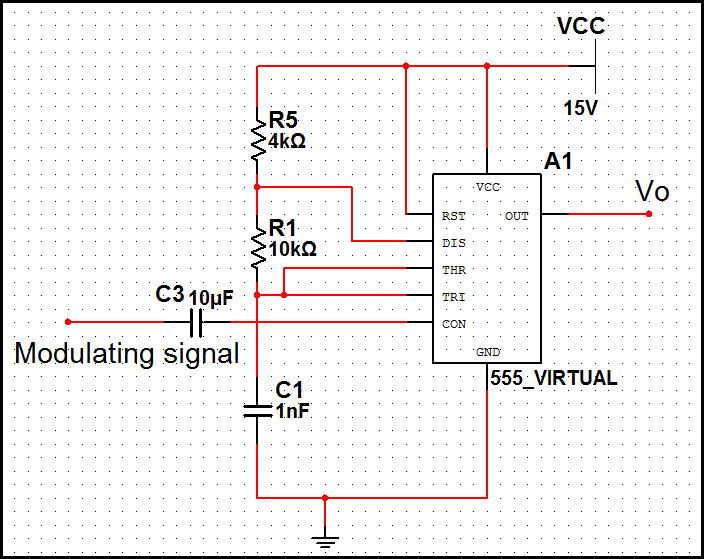
In pulse position modulation, the amplitude and width of the pulses are kept constant, while the position of each pulse with reference to the position of the reference pulse is changed according to the instantaneous sampled value of the modulating signal.
Pulse Position Modulation (PPM) is a modulation technique where the information is encoded in the timing of the pulses rather than their amplitude or width. In PPM, each pulse maintains a constant amplitude and duration, which are critical for ensuring signal integrity and reducing distortion during transmission. The key characteristic of PPM is that the position of each pulse is varied in relation to a reference pulse, which serves as a timing marker.
This modulation scheme operates by sampling the modulating signal at discrete intervals. The sampled values dictate the timing of the output pulses, effectively shifting the pulse position forward or backward in time based on the amplitude of the sampled signal. For instance, a higher amplitude sampled value would correspond to a pulse being transmitted earlier in the time frame, while a lower amplitude would result in a later pulse position.
PPM is particularly advantageous in applications where bandwidth efficiency is critical, as it can achieve high data rates without requiring a significant increase in bandwidth. Furthermore, because the amplitude of the pulses remains constant, PPM can be more resilient to noise and interference compared to amplitude modulation techniques.
In practical implementations, PPM can be utilized in various communication systems, including optical communication, radio frequency transmission, and digital data transmission. The design of a PPM system typically involves components such as sample-and-hold circuits, pulse generators, and demodulators, which work together to encode and decode the information accurately. The careful design of these components is essential to ensure that the timing of the pulses is precise, thereby maintaining the integrity of the transmitted information.In pulse position modulation, the amplitude and width of the pulses are kept constant, while the position of each pulse with reference to position of reference pulse, is changed according to the instantaneous sampled value of the modulating signal 🔗 External reference
Pulse Position Modulation (PPM) is a modulation technique where the information is encoded in the timing of the pulses rather than their amplitude or width. In PPM, each pulse maintains a constant amplitude and duration, which are critical for ensuring signal integrity and reducing distortion during transmission. The key characteristic of PPM is that the position of each pulse is varied in relation to a reference pulse, which serves as a timing marker.
This modulation scheme operates by sampling the modulating signal at discrete intervals. The sampled values dictate the timing of the output pulses, effectively shifting the pulse position forward or backward in time based on the amplitude of the sampled signal. For instance, a higher amplitude sampled value would correspond to a pulse being transmitted earlier in the time frame, while a lower amplitude would result in a later pulse position.
PPM is particularly advantageous in applications where bandwidth efficiency is critical, as it can achieve high data rates without requiring a significant increase in bandwidth. Furthermore, because the amplitude of the pulses remains constant, PPM can be more resilient to noise and interference compared to amplitude modulation techniques.
In practical implementations, PPM can be utilized in various communication systems, including optical communication, radio frequency transmission, and digital data transmission. The design of a PPM system typically involves components such as sample-and-hold circuits, pulse generators, and demodulators, which work together to encode and decode the information accurately. The careful design of these components is essential to ensure that the timing of the pulses is precise, thereby maintaining the integrity of the transmitted information.In pulse position modulation, the amplitude and width of the pulses are kept constant, while the position of each pulse with reference to position of reference pulse, is changed according to the instantaneous sampled value of the modulating signal 🔗 External reference
